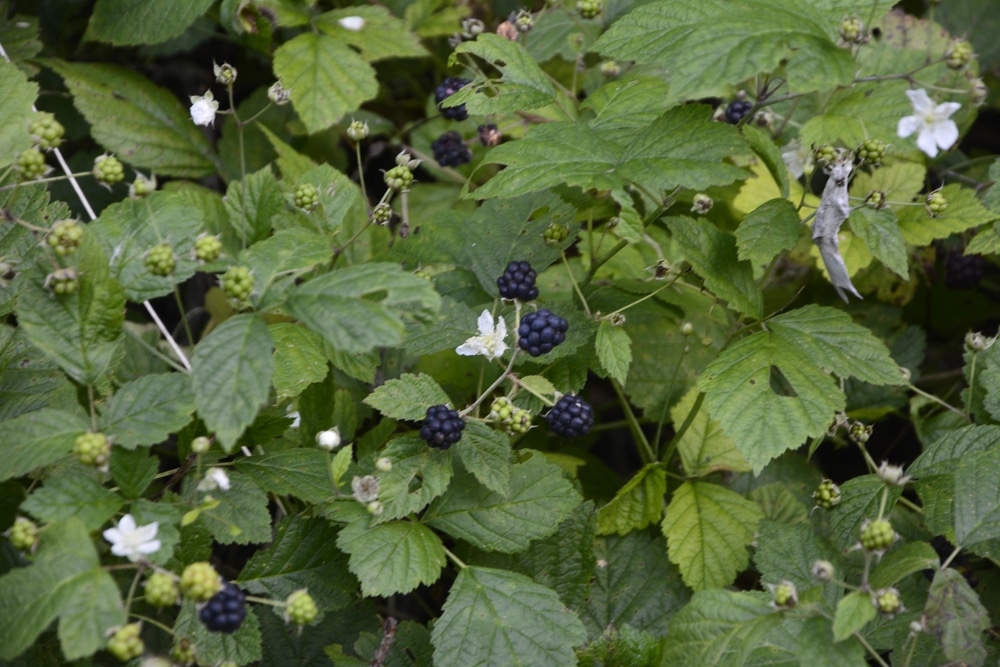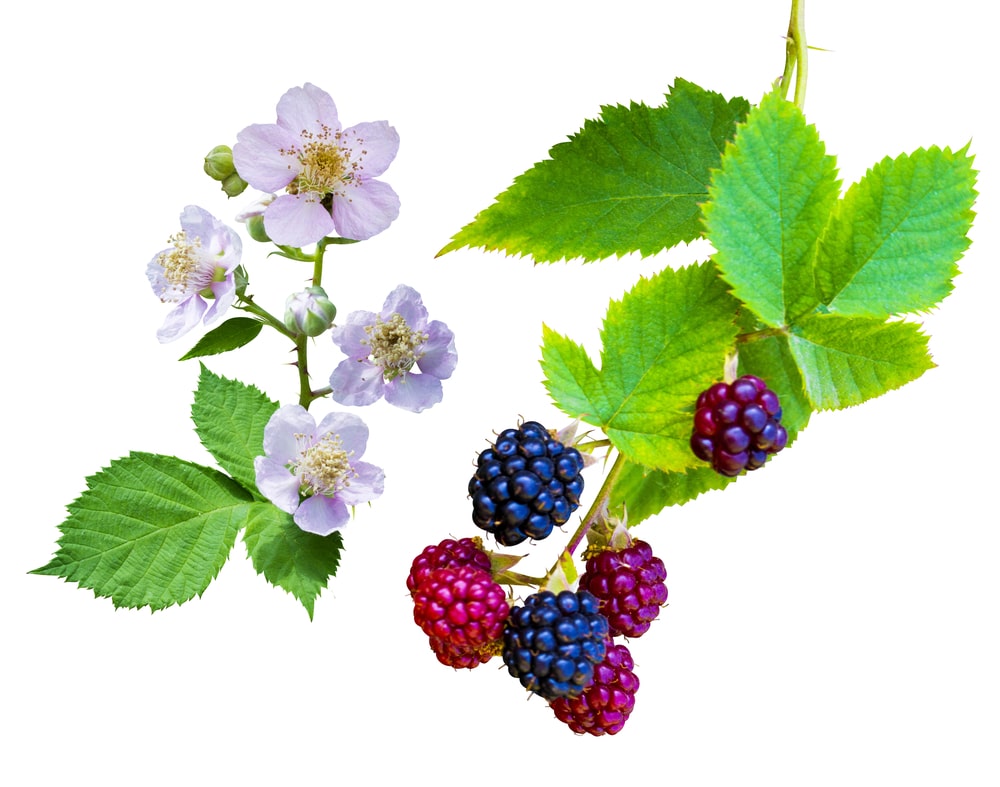There is nothing sweet as picking a plump, juicy-looking blackberry from your garden and directly popping the sweet juice into your mouth. The freshly plucked blackberries have a tart-sweet flavor that can’t be compared to any other fruit from the nearby grocery stores.
One interesting thing about blackberries is that they beautify your garden with their flowers and edible blackberries. For this reason, you may want to know how to plant and care for blackberries.
Among the few aspects of growing blackberries, it is important to learn how they flow, when they flow, and the type of flowers you should expect to see on blackberries.
Knowing the actual blooming time for blackberries will help you prepare for the best time to expect to pluck fruits. This article will help you understand more about blackberries and their blooming characteristics.
Understanding blackberry
Blackberry is a perennial shrub from the Rosaceae family, and it gets its name from its aggregated black fruits. It is important to note that the term blackberry is used to describe several species of berries that originate from North America. The species can be either erect, trailing, or arching.
Some blackberry species are thornless, while others have thorns on their stems. All blackberries have 3 or 5 prickling bright green leaves with tooth-like edges. The plants have a relatively long lifespan of about 10 years, growing up to 10 feet depending on the variety.
When do blackberries bloom
Blackberries start forming buds in the fall when the temperatures are still cold. The buds remain inactive through winter and will only open up in spring when the temperatures rise gradually. In spring, they will to beautiful white flowers.
Blackberries bloom at different times, depending on the variety and weather of the region where they are grown. The blackberries thrive in regions lying between USDA zones 5 to 10. In warmer regions lying in USDA zone 7 to 10, expect blooms of blackberries from mid-April to early May, while for cooler regions in USDA zone 5 and 6, blackberries will start blooming in late May.
Most of the blackberry blooms are five-petalled white small flowers with a sweet aroma. The e flowers attract hummingbirds, butterflies, and bees to the sweet scent, nectar, and pollen grains. Their open petals are ideal for bees to settle on as they seek nectar.
If you plant blackberries in fall, they will likely bloom in the following spring. It is important to prune this first set of flowers so that they do not produce fruits. Pruning the first flowers enables the plant to sustain bigger, healthier berries in the next season.
When to pick blackberries after they bloom
After flowers undergo pollination and effective fertilization, they will produce berries. The time to harvest the fruits depends on the climate of their growing area. For the warmer southern part, you can harvest blackberries in late spring or early summer.
In the far northwest, you can harvest berries in summer until the first frost of autumn. In other regions of the United States, the best time to pluck out blackberries is from July to August.
However, some blackberry varieties are fruit-bearing. They will produce fruits in summer and other fruits on the same blackberry canes in fall. Always wait until the blackberries turn from red to black before you harvest. This is very important because ripening process stops once you harvest the berries. Consume the harvested blackberries within 24 hours or preserve them in a refrigerator.
Conclusion
Blackberries are juicy fruits that are both frost and heat resistant. They can grow almost anywhere in the USA but thrive in USDA zones 5 to 10. They will bloom from spring to summer, depending on the variety and growing climate.


